
Originating from concerns about the increasingly serious environmental pollution, especially the increase in plastic products, the idea of "green gift packaging" was born as a practical and meaningful solution.
Positive new trends from small changes
Instead of using plastic bags or plastic boxes, manufacturer Ikachi (HCMC) has chosen to use natural materials such as recycled paper, burlap, rope, dry leaves or biodegradable materials. This is not only a way to reduce plastic waste but also brings creative, natural packaging, contributing to creating unique "green" gifts.
Ms. Lam Thuy Nguyen Hong, Creative Director of the company, said: "This solution not only aims to reduce waste, but also aims to raise public awareness about the importance of environmental protection.
We hope that each gift packaged in a "green" and healthy way when it reaches the recipient will become a meaningful message, encouraging everyone to act together for a greener planet. From small changes today such as choosing "green" packaging, we can create a new positive trend, contributing to building a sustainable future for the next generation."
Facing the trend of diverse gift packaging, with the spirit of "green living", Ikachi members prioritize natural and recycled materials. These include old newspapers, banana leaves, fabric, leaves and natural fibers.
The process is quite simple, usually starting with the selection and processing of raw materials or choosing a reputable supplier, then shaping and decorating with manual techniques such as folding, gluing, and tying. The use of natural materials brings many advantages.
First of all, it is environmentally friendly, easily biodegradable, and reduces waste. Second, these products are mostly highly aesthetic, creating a rustic, familiar beauty, contributing to increasing the value of the gift.
Finally, making your own packaging is also an interesting experience, showing the sincerity and heart of the giver.
Besides the advantages, packaging gifts with "green" products also has some limitations: Natural materials are not as durable as industrial packaging, and are easily torn or moldy during transportation.
Finding raw materials and doing it manually requires a lot of time and effort. "To overcome these limitations, we can combine natural materials with more durable recycled paper or use modern preservation techniques to ensure the product always looks good," said Ms. Nguyen Hong.
Waste reduction
According to Ms. Nguyen Hong, waste from wrapping paper, although at first glance it seems less harmful than plastic, still causes many serious problems for the environment. They increase the amount of waste that is difficult to recycle, increase pressure on natural resources, pollute land and water...
Specifically, many types of wrapping paper today are coated with shiny plastic or glitter, making them difficult or impossible to recycle. These types are often buried or burned, causing air and soil pollution. In addition, wrapping paper often uses glue or tape that is difficult to decompose, reducing the possibility of recycling.
Some wrapping paper uses inks and dyes that contain toxic chemicals, which when decomposed will seep into the soil and water, polluting the surrounding environment. If the wrapping paper is buried in landfills without the conditions to decompose naturally, it will persist for a long time, hindering the process of soil regeneration.
Wrapping paper waste is often burned to reduce landfill waste. However, this produces toxic emissions such as carbon dioxide (CO) and carbon monoxide (CO), which pollute the air and contribute to the greenhouse effect.
During the holidays, the amount of wrapping paper thrown away increases dramatically, putting great pressure on the waste treatment system.
"Waste from wrapping paper not only causes resource loss but is also one of the causes of worsening environmental pollution. The long-term solution is to create sustainable gift wrapping by switching to using recycled packaging and more biodegradable materials to minimize this impact," Ms. Nguyen Hong emphasized.
The production of wrapping paper consumes large amounts of wood, water and energy, putting pressure on natural resources. According to studies, it takes about 24 trees and hundreds of thousands of liters of water to produce 1 ton of paper. Paper production also produces significant carbon emissions, contributing to climate change.
Source: https://phunuvietnam.vn/dong-goi-qua-tang-theo-tinh-than-song-xanh-20241224120414139.htm


![[Photo] Air Force actively practices for the April 30th celebration](https://vstatic.vietnam.vn/vietnam/resource/IMAGE/2025/4/15/16fdec3e42734691954b853c00a7ce01)

![[Photo] Ho Chi Minh City after 50 years of national reunification through buildings and symbols](https://vstatic.vietnam.vn/vietnam/resource/IMAGE/2025/4/15/a224d0b8e489457f889bdb1eee7fa7b4)
![[Photo] National Assembly Chairman Tran Thanh Man attends the summary of the organization of the Conference of the Executive Committee of the Francophone Parliamentary Union](https://vstatic.vietnam.vn/vietnam/resource/IMAGE/2025/4/15/fe022fef73d0431ab6cfc1570af598ac)
![[Photo] General Secretary To Lam meets with veteran revolutionary cadres, meritorious people, and exemplary policy families](https://vstatic.vietnam.vn/vietnam/resource/IMAGE/2025/4/15/7363ba75eb3c4a9e8241b65163176f63)
![[Photo] Welcoming ceremony for Prime Minister of the Federal Democratic Republic of Ethiopia Abiy Ahmed Ali and his wife](https://vstatic.vietnam.vn/vietnam/resource/IMAGE/2025/4/15/77c08dcbe52c42e2ac01c322fe86e78b)




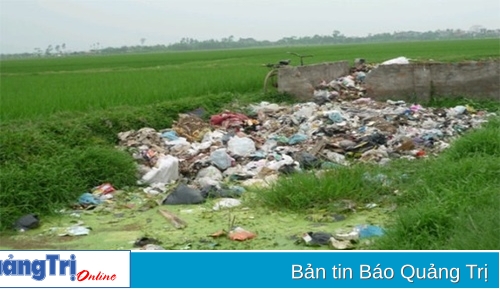



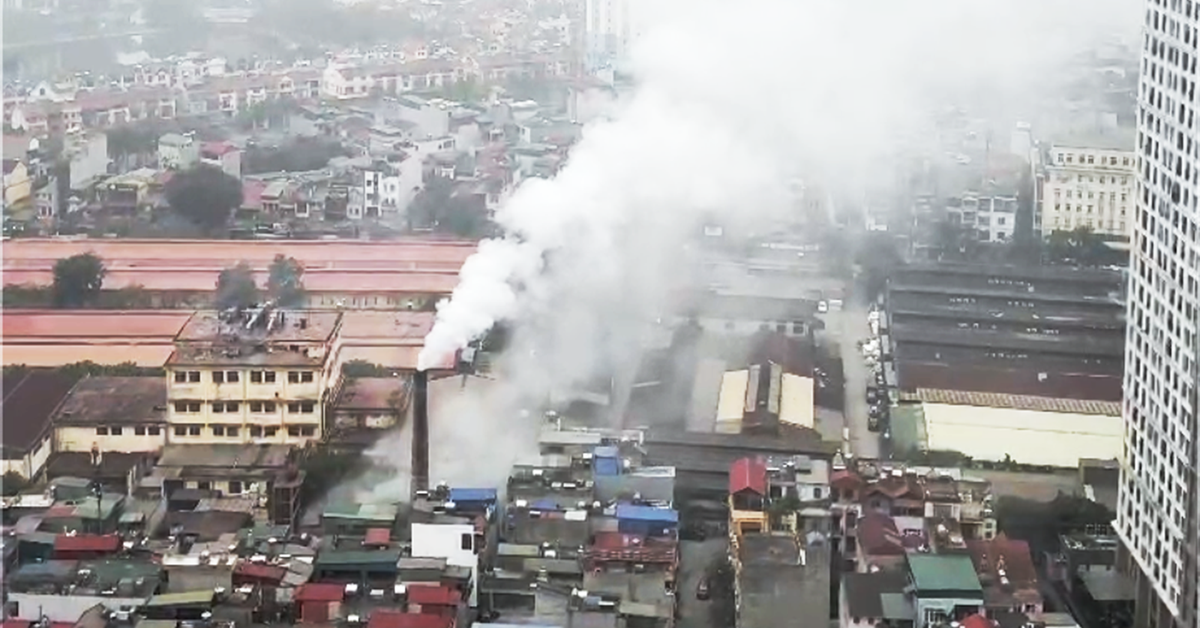
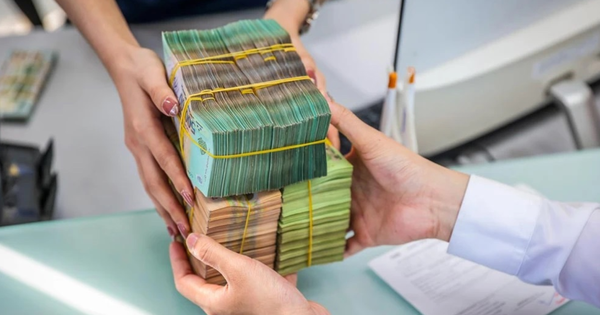
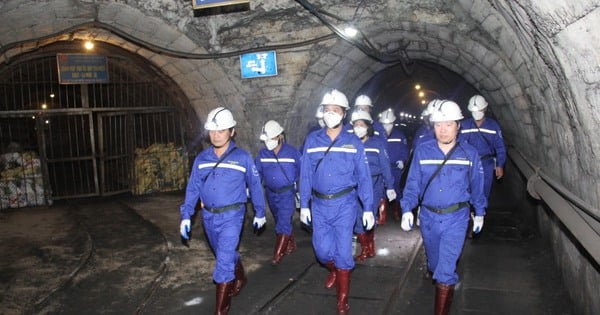
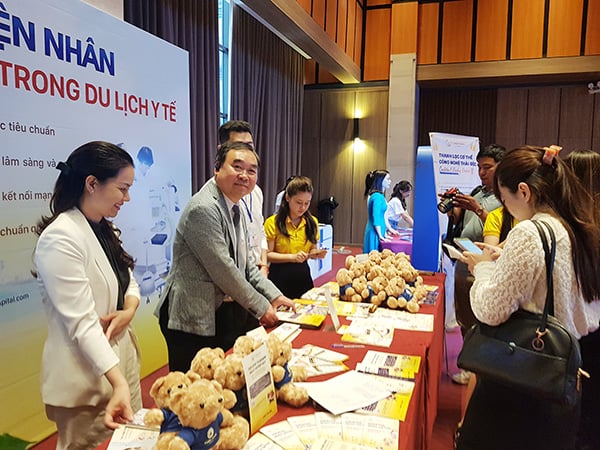
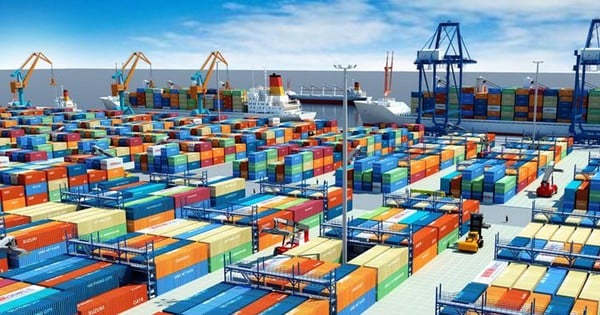
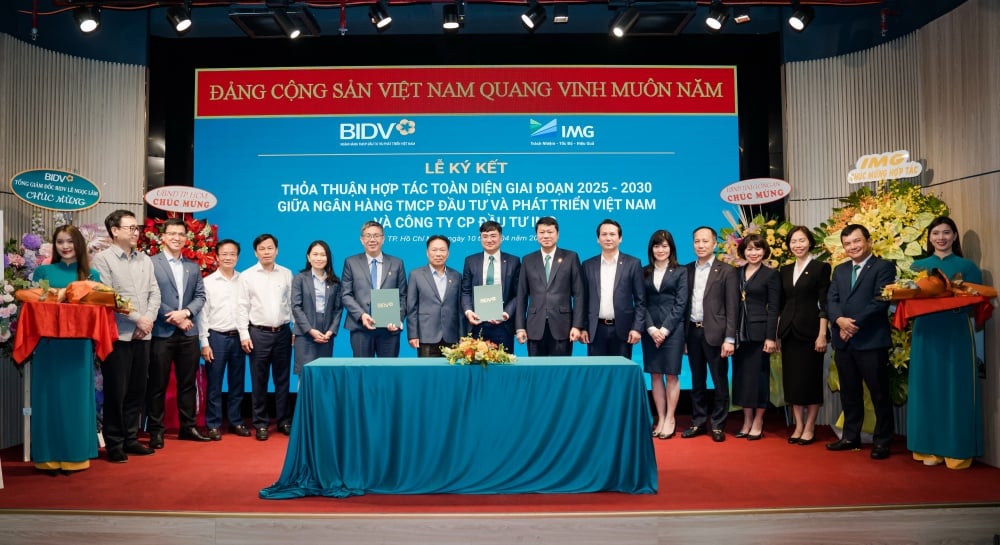
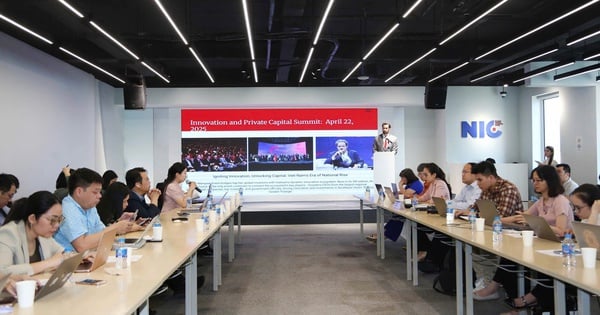




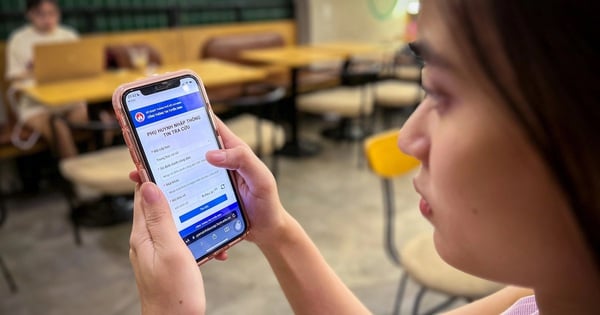
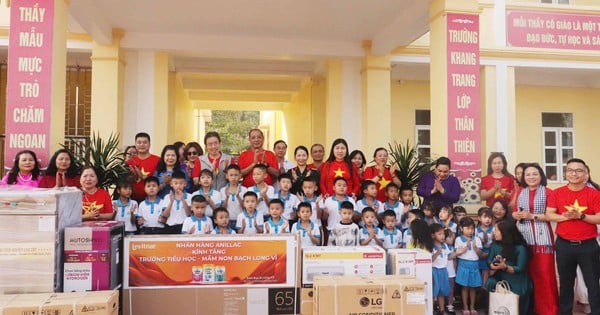
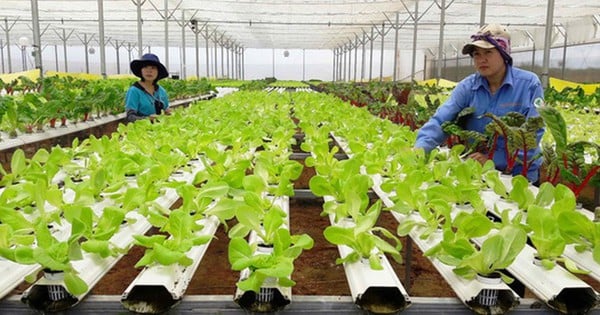

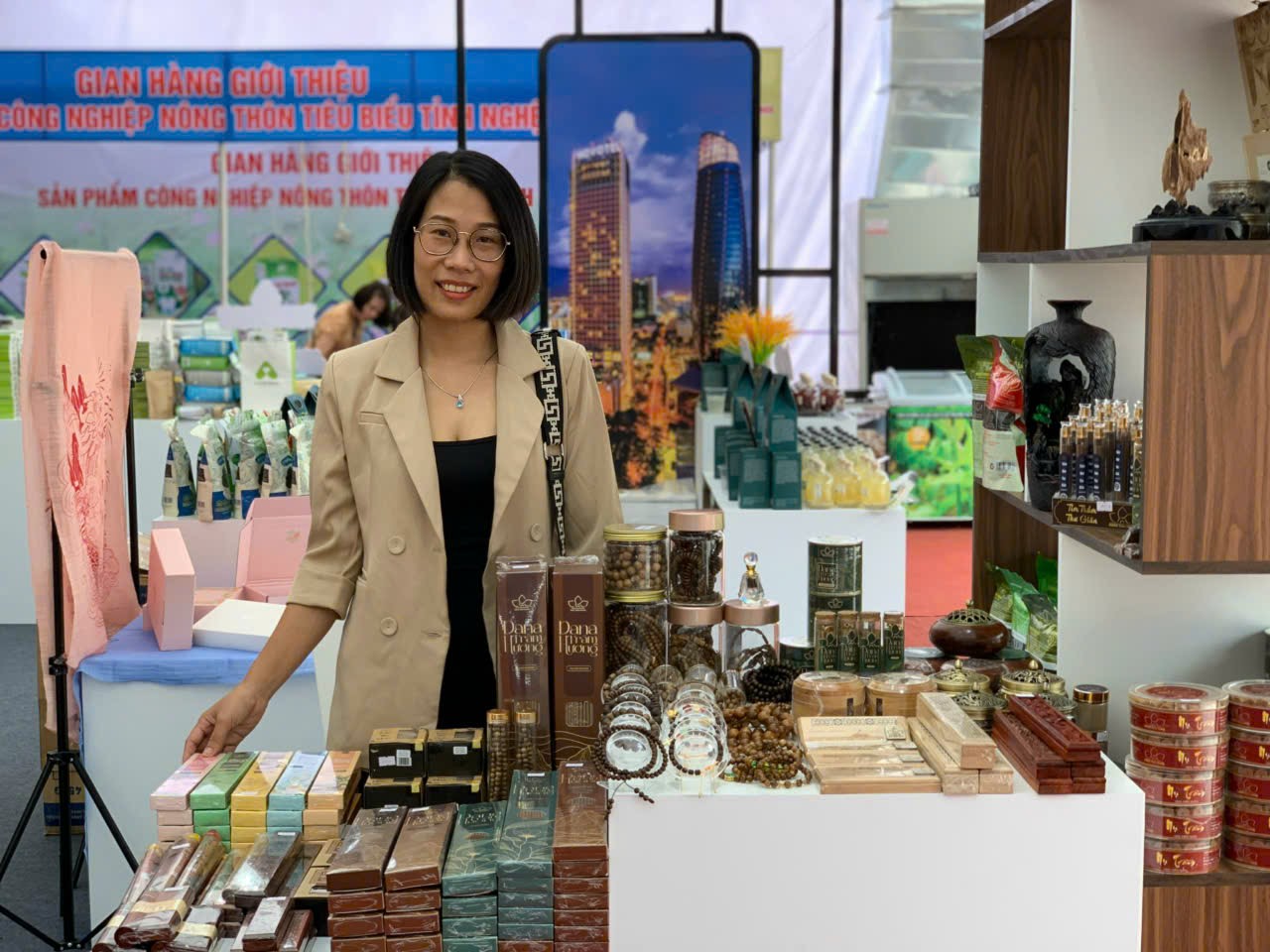







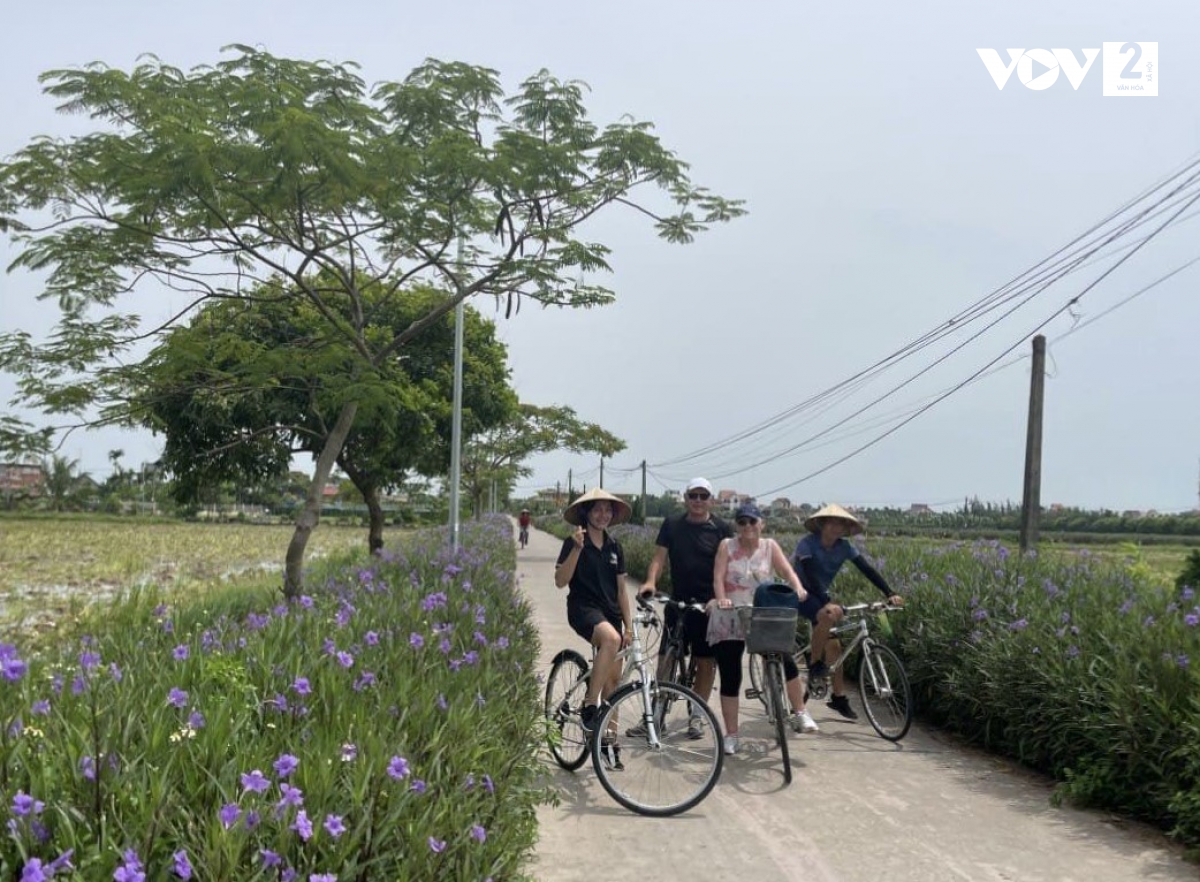

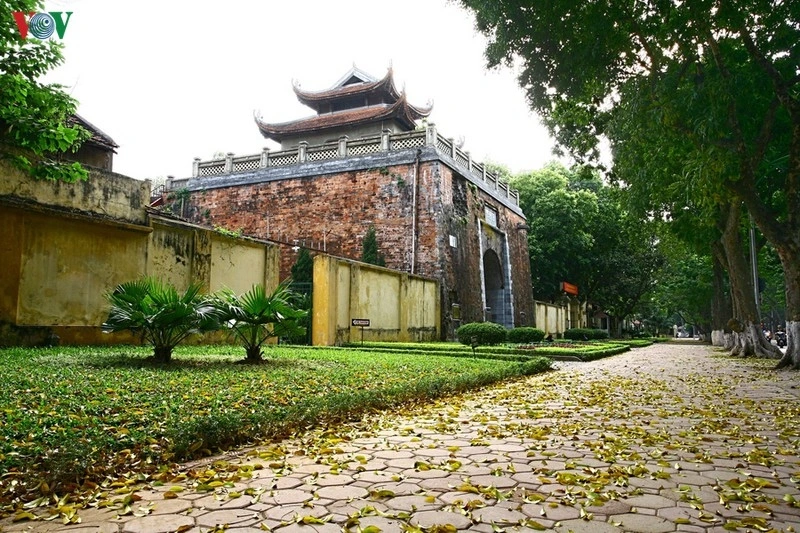
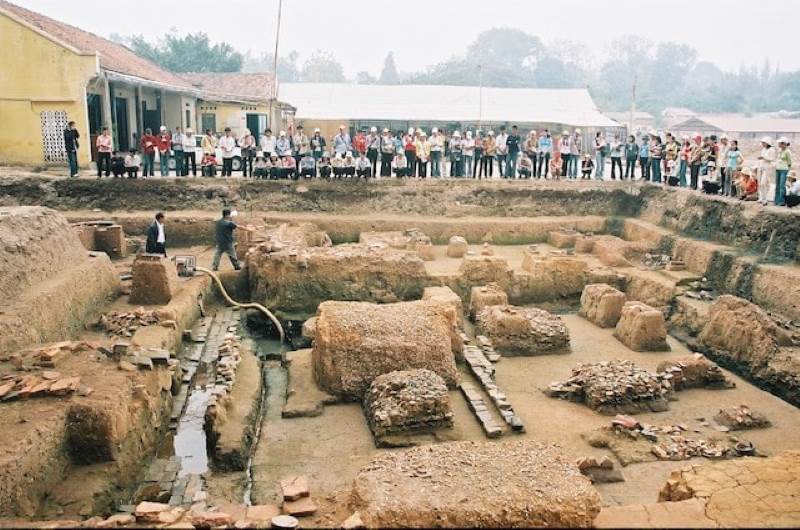







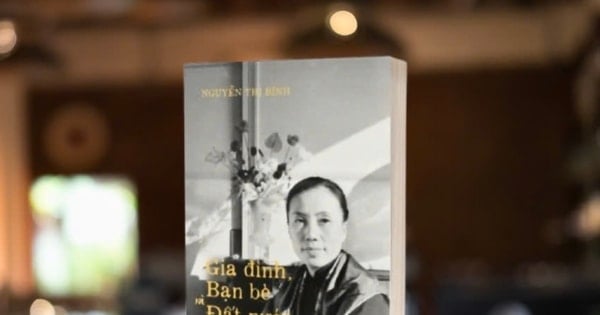

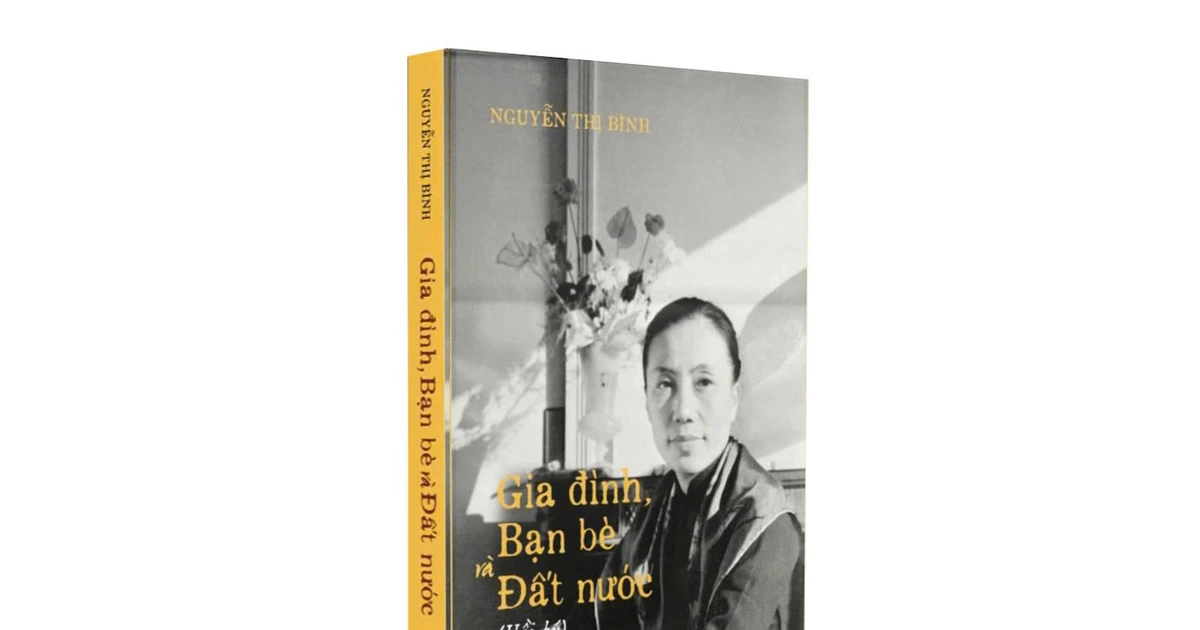
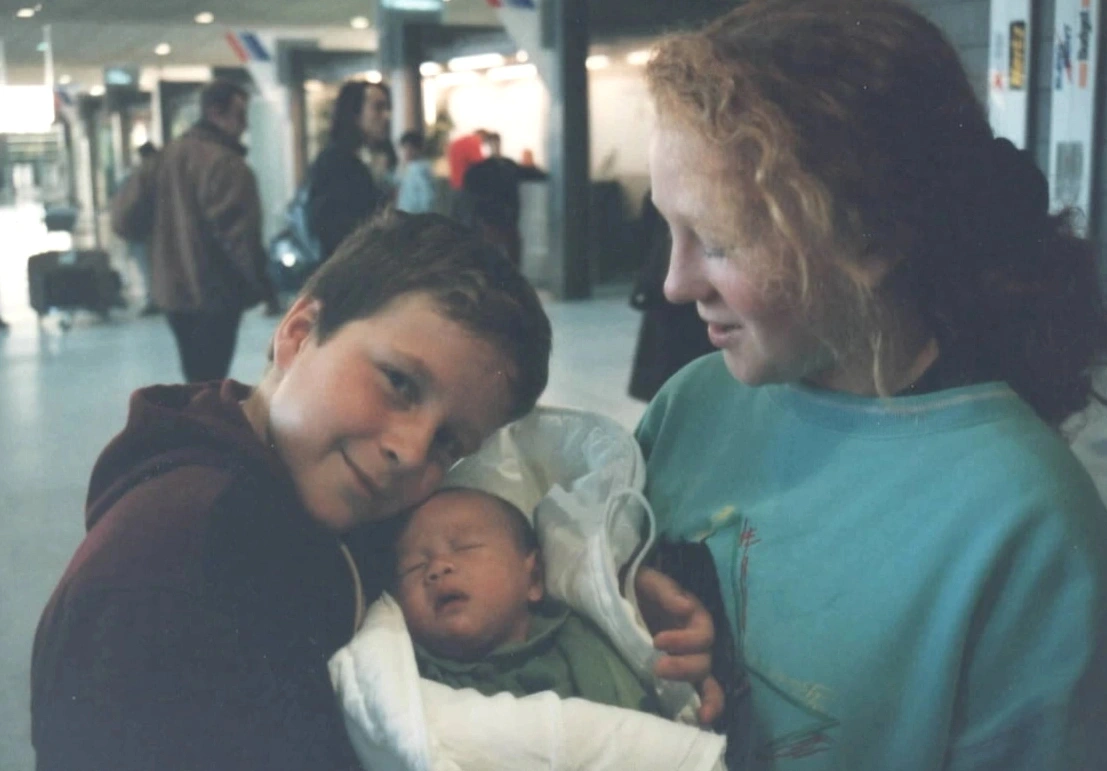







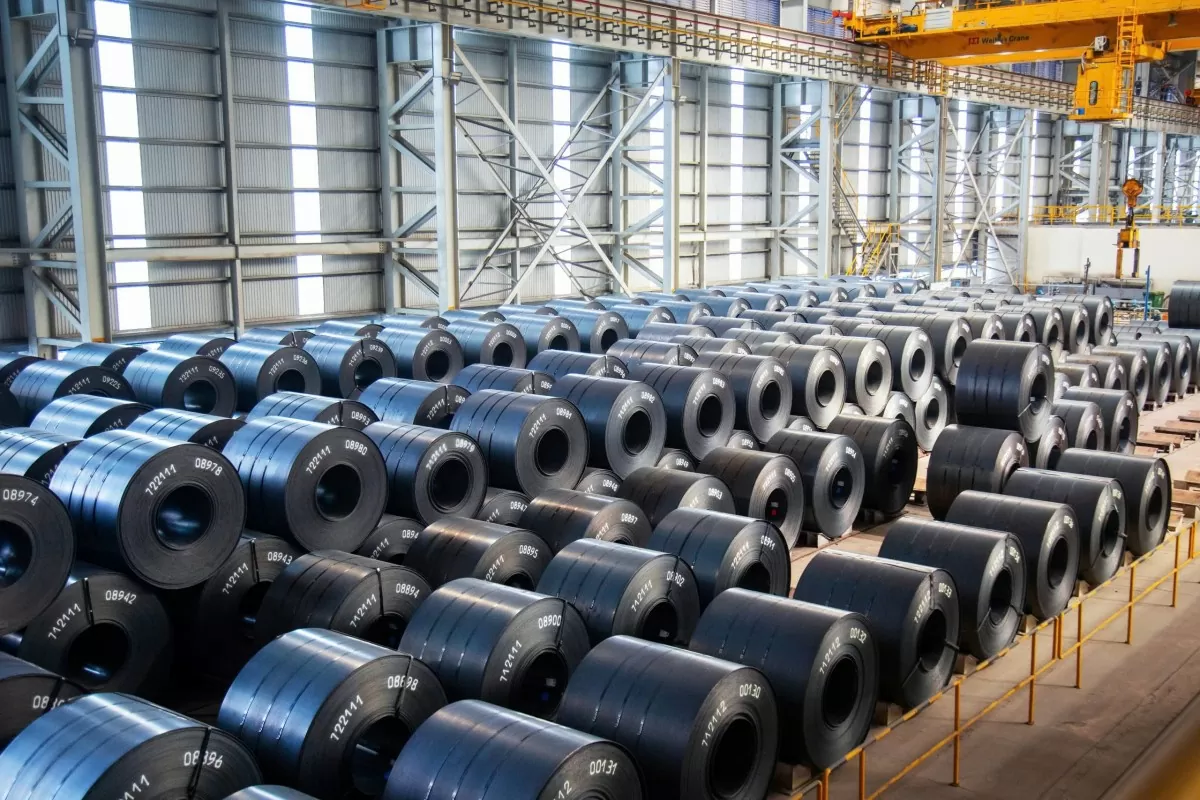

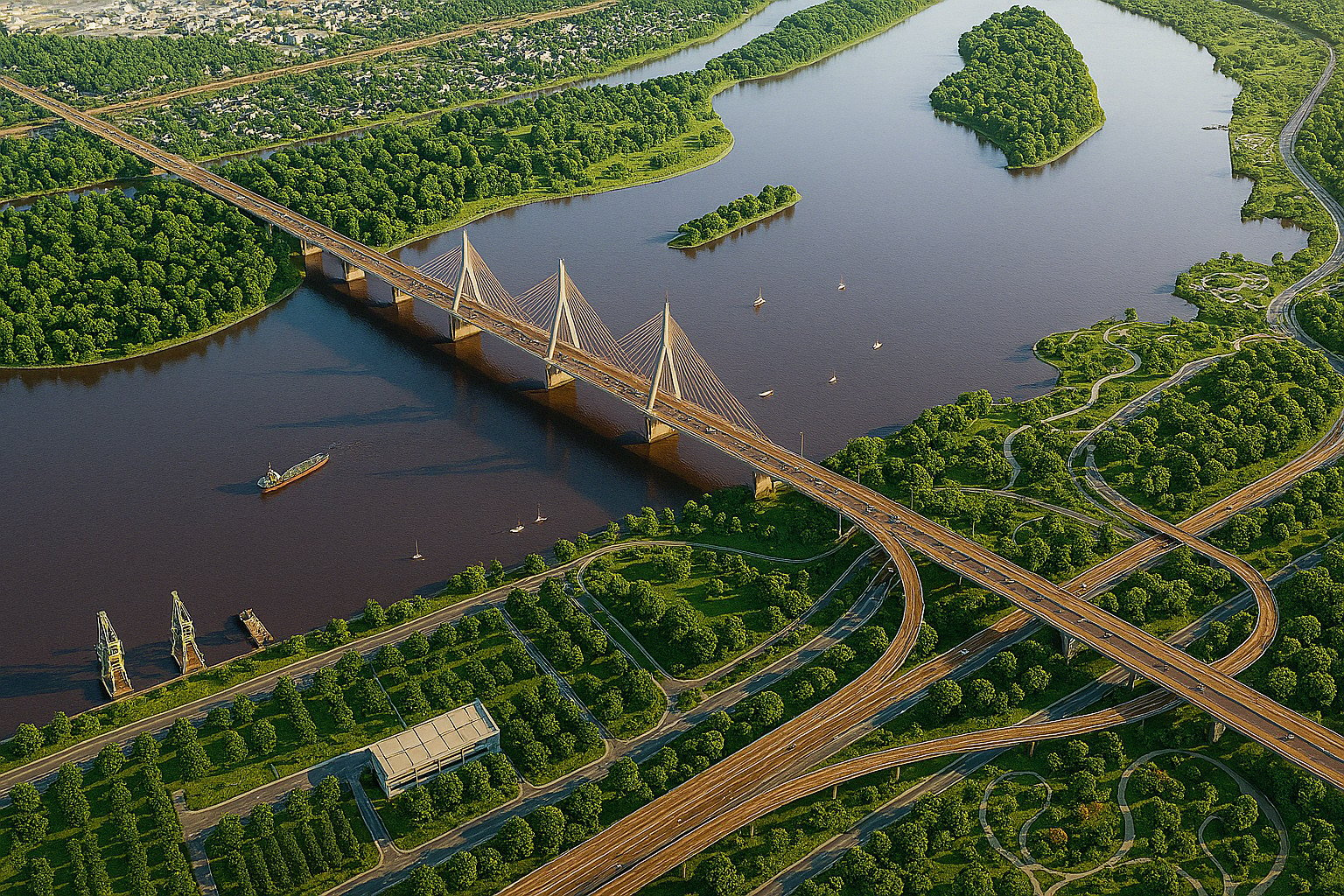

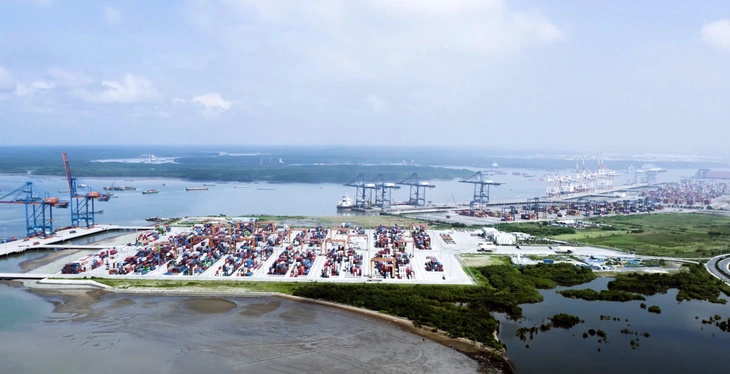


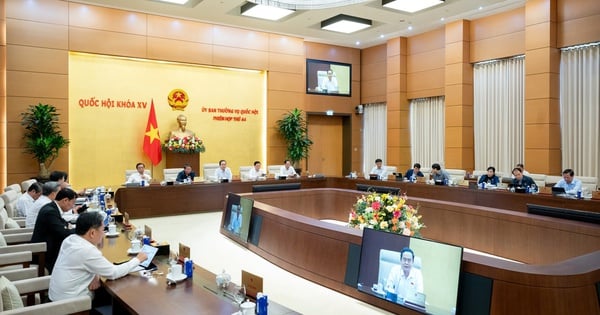

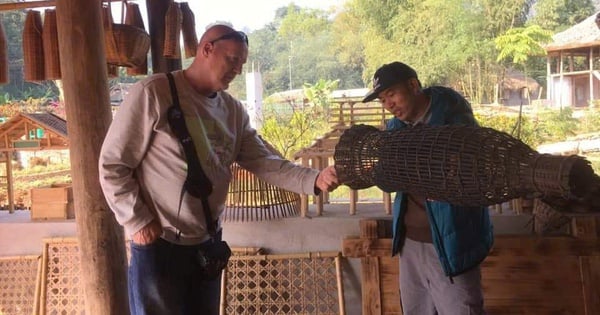

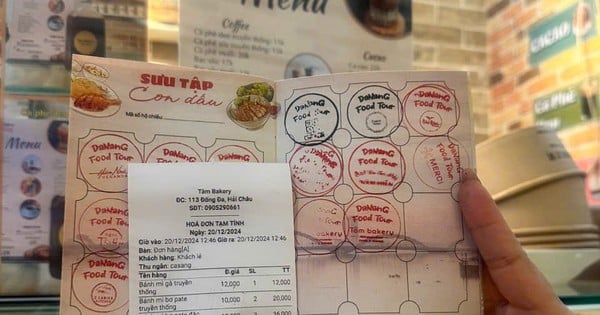
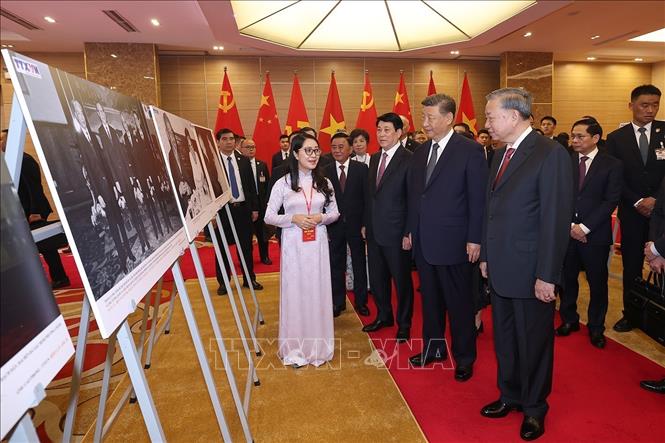

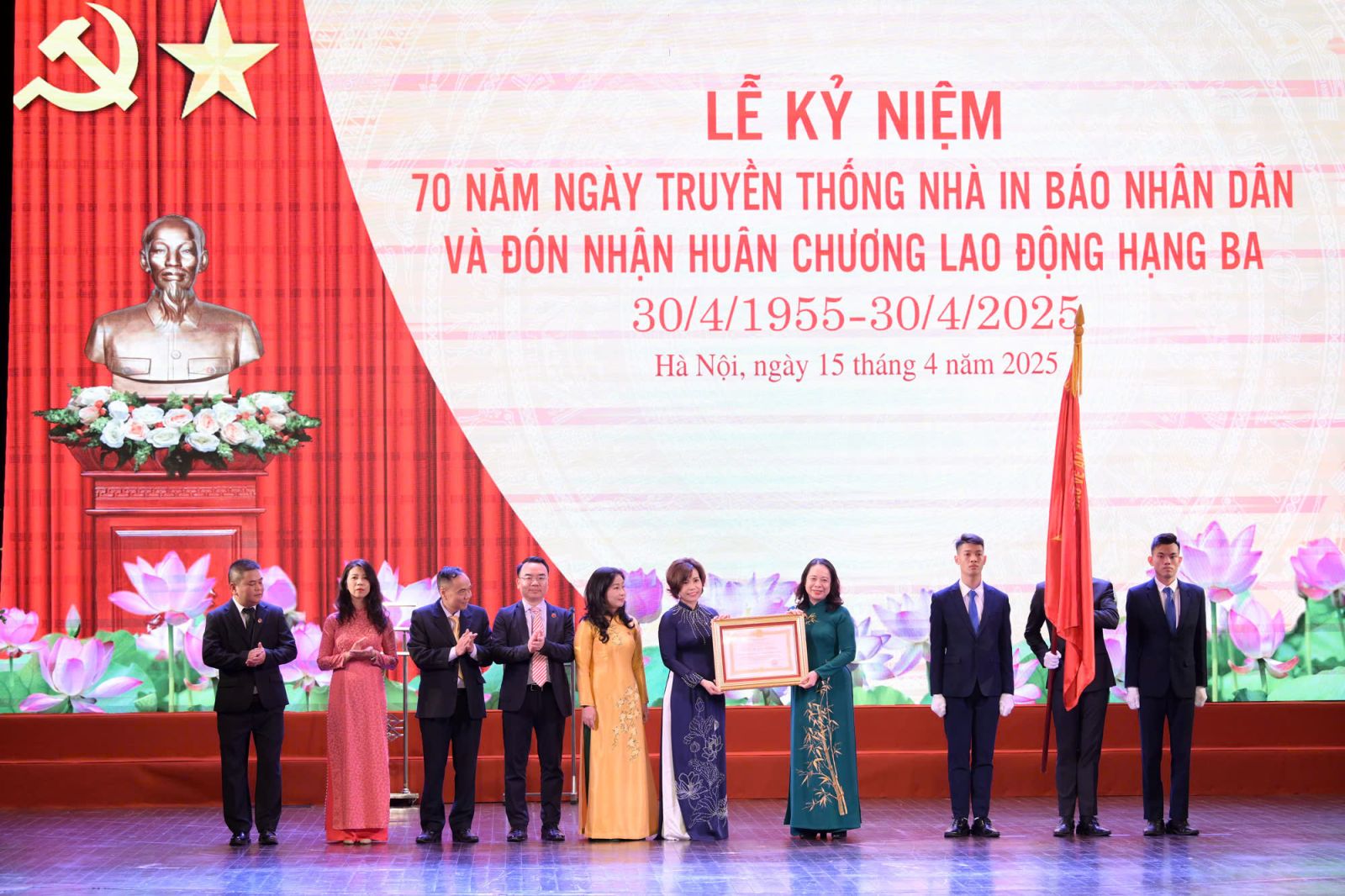
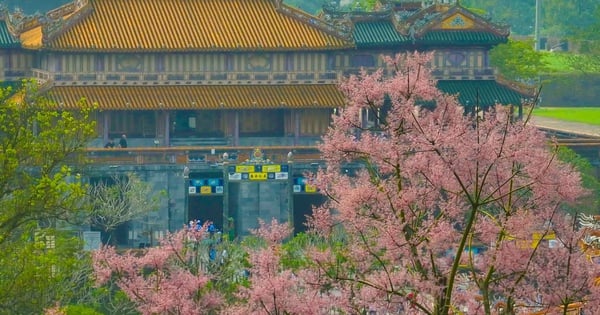
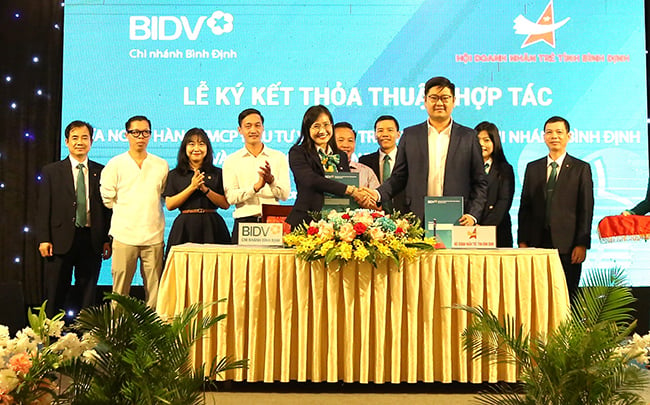


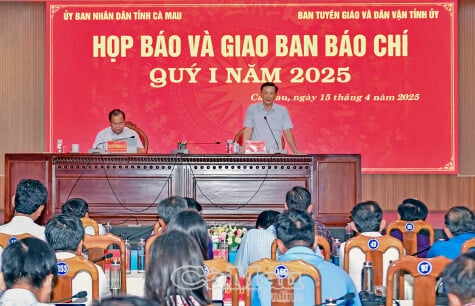


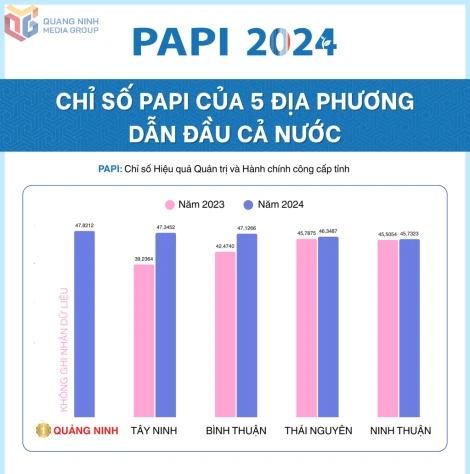

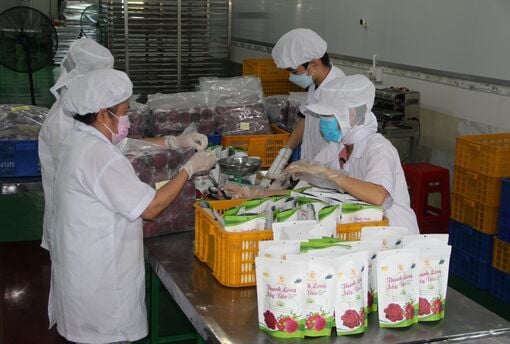

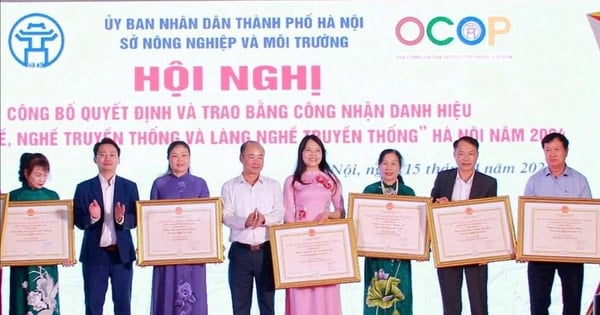
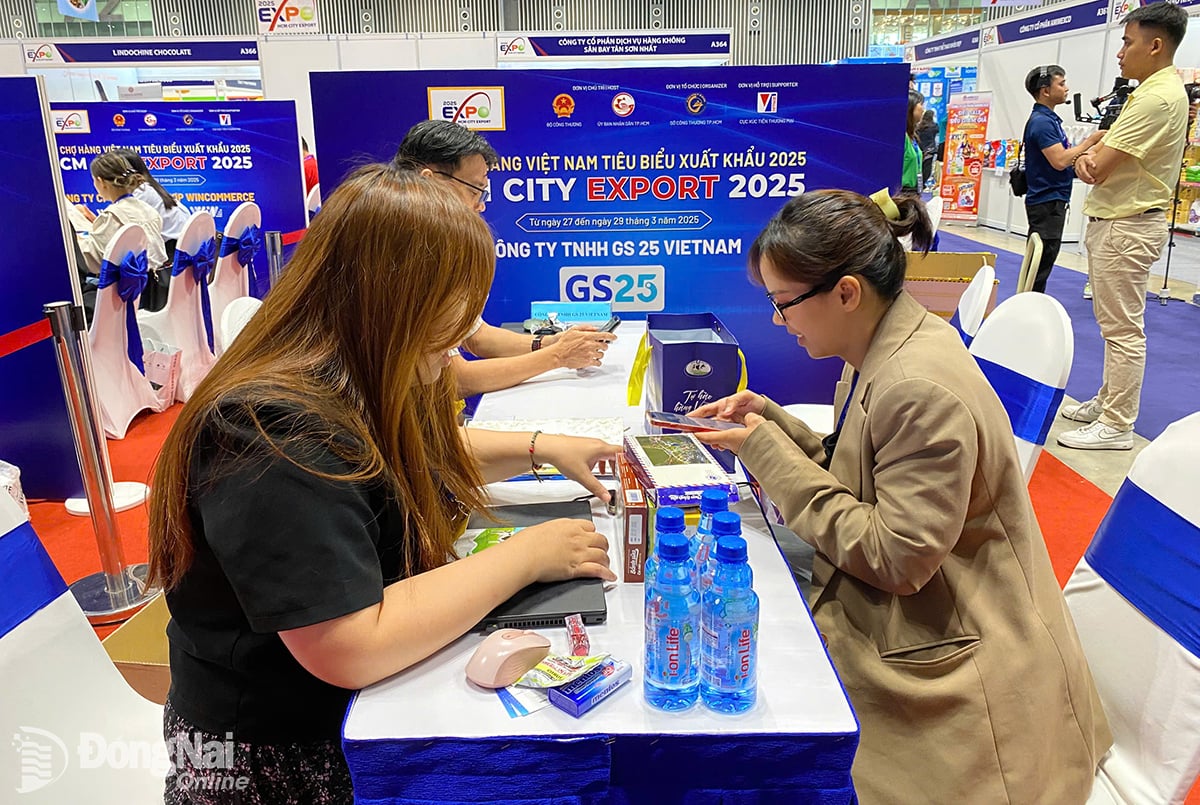

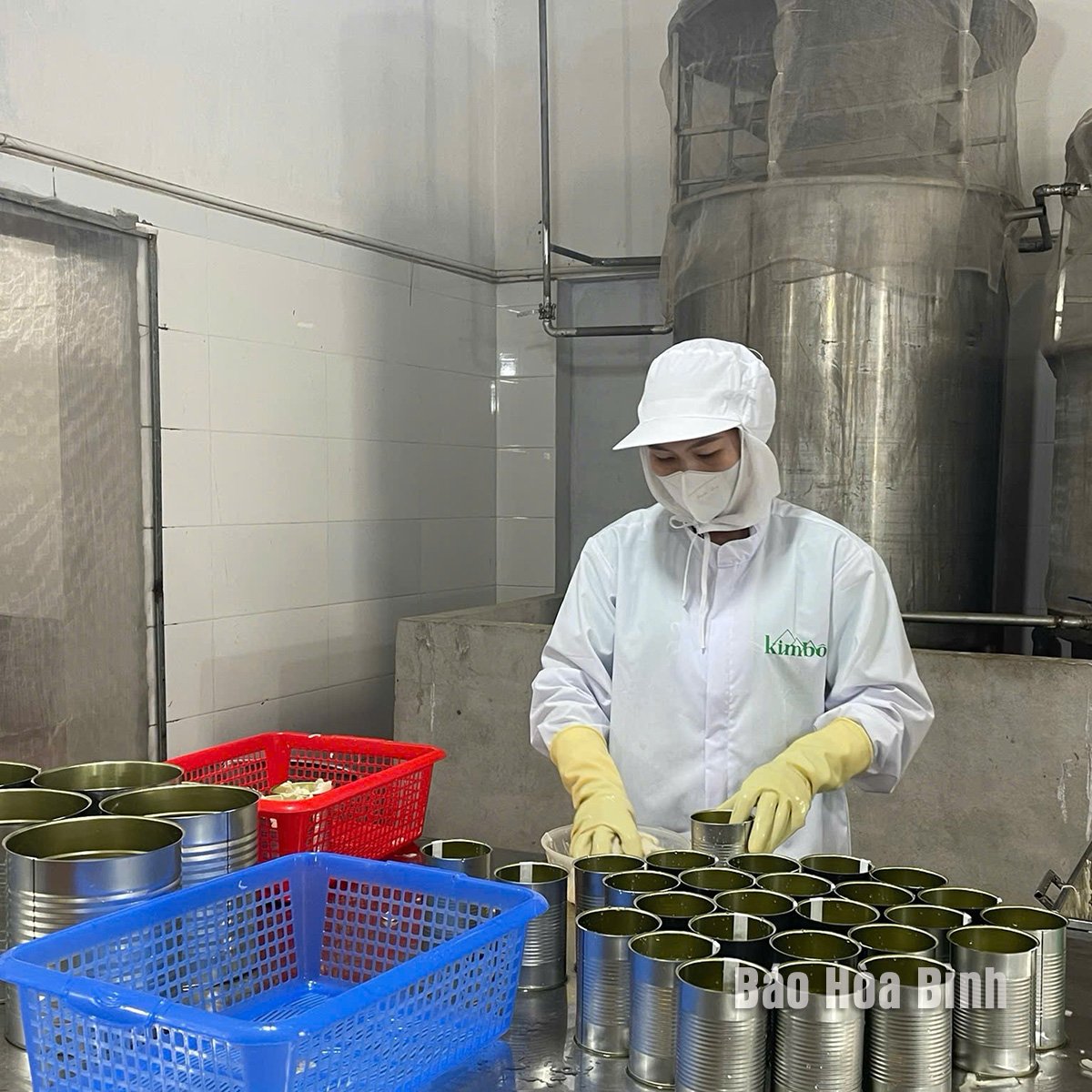

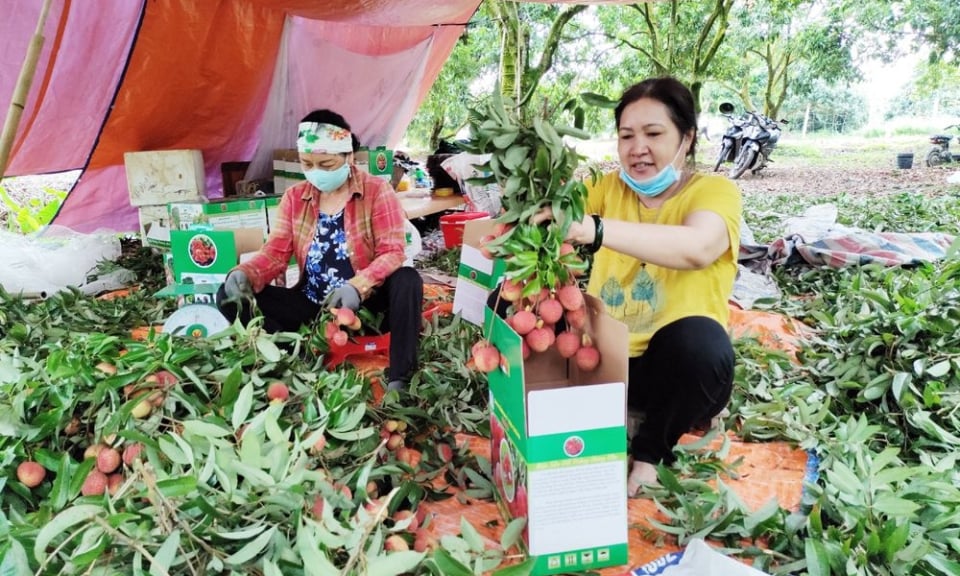

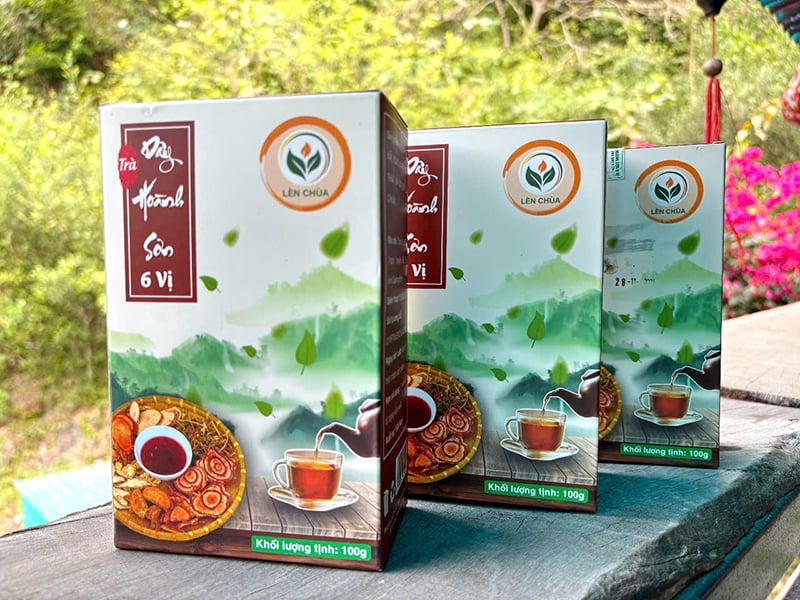
Comment (0)